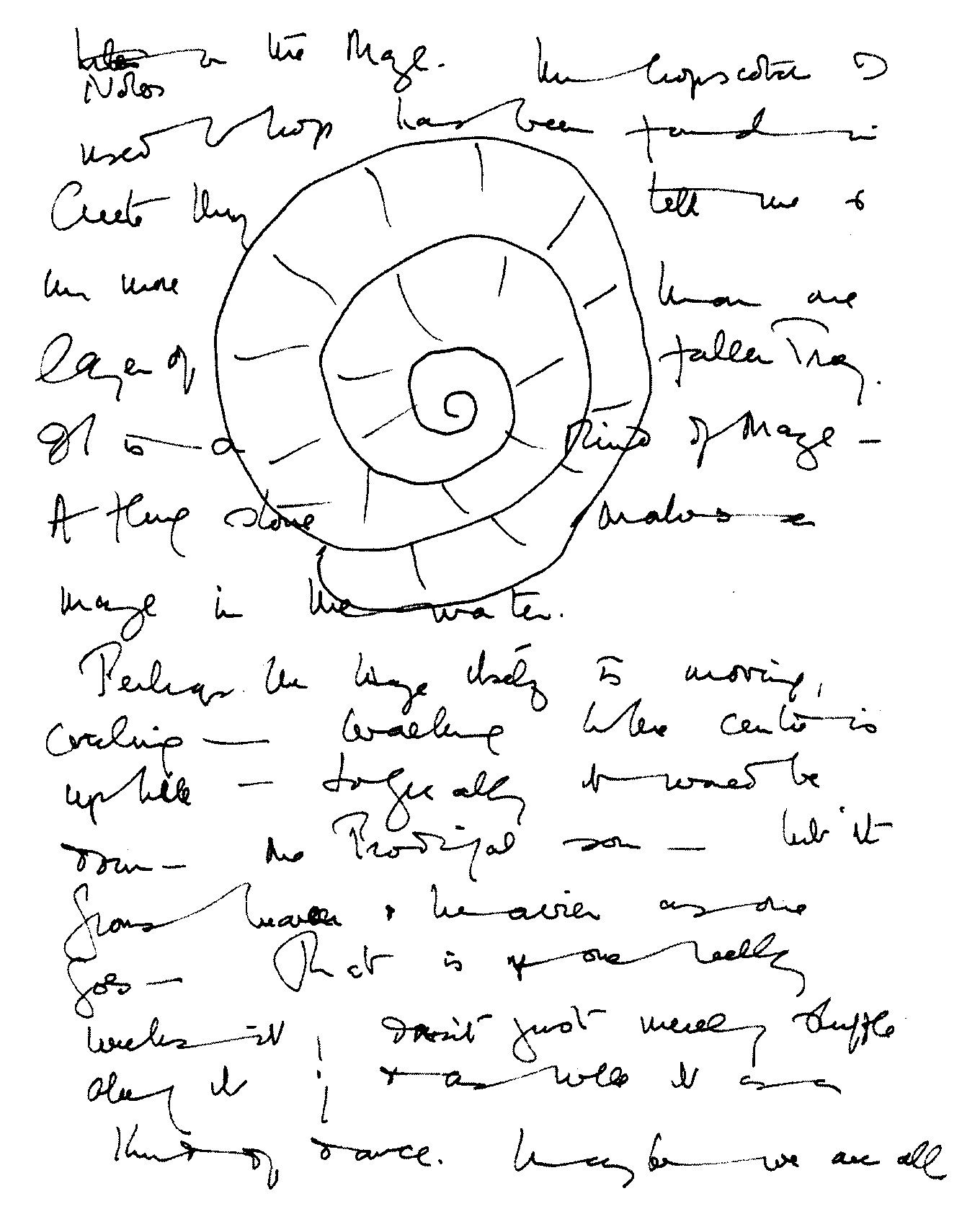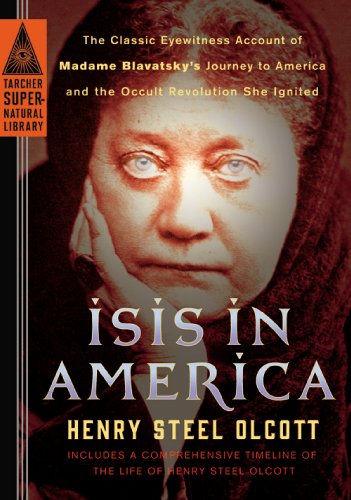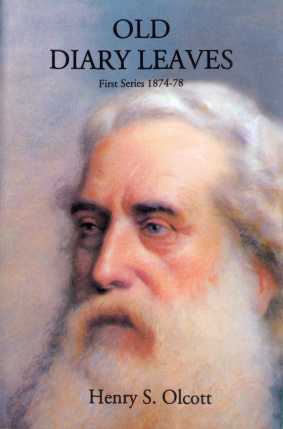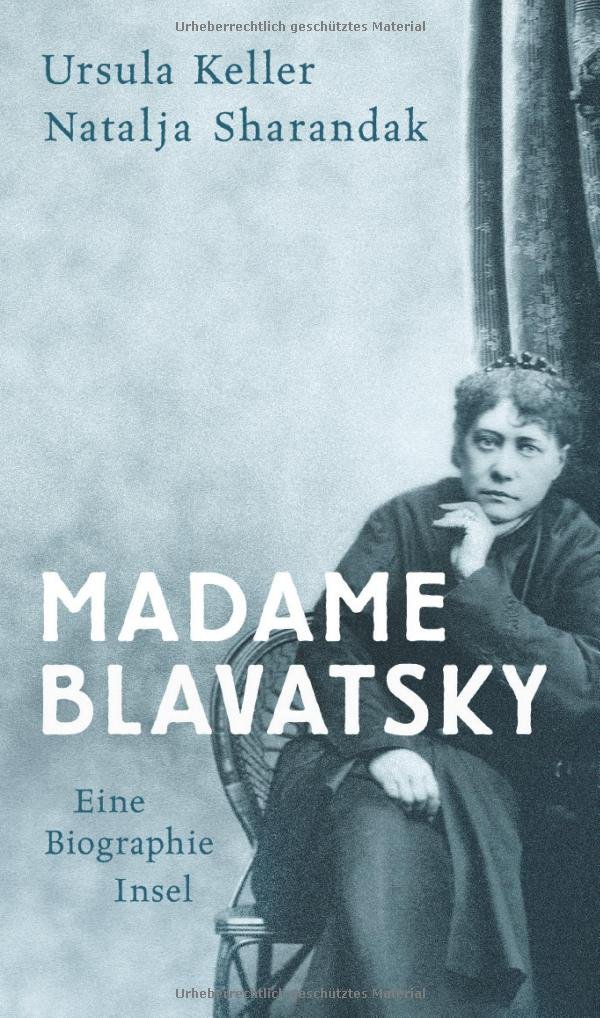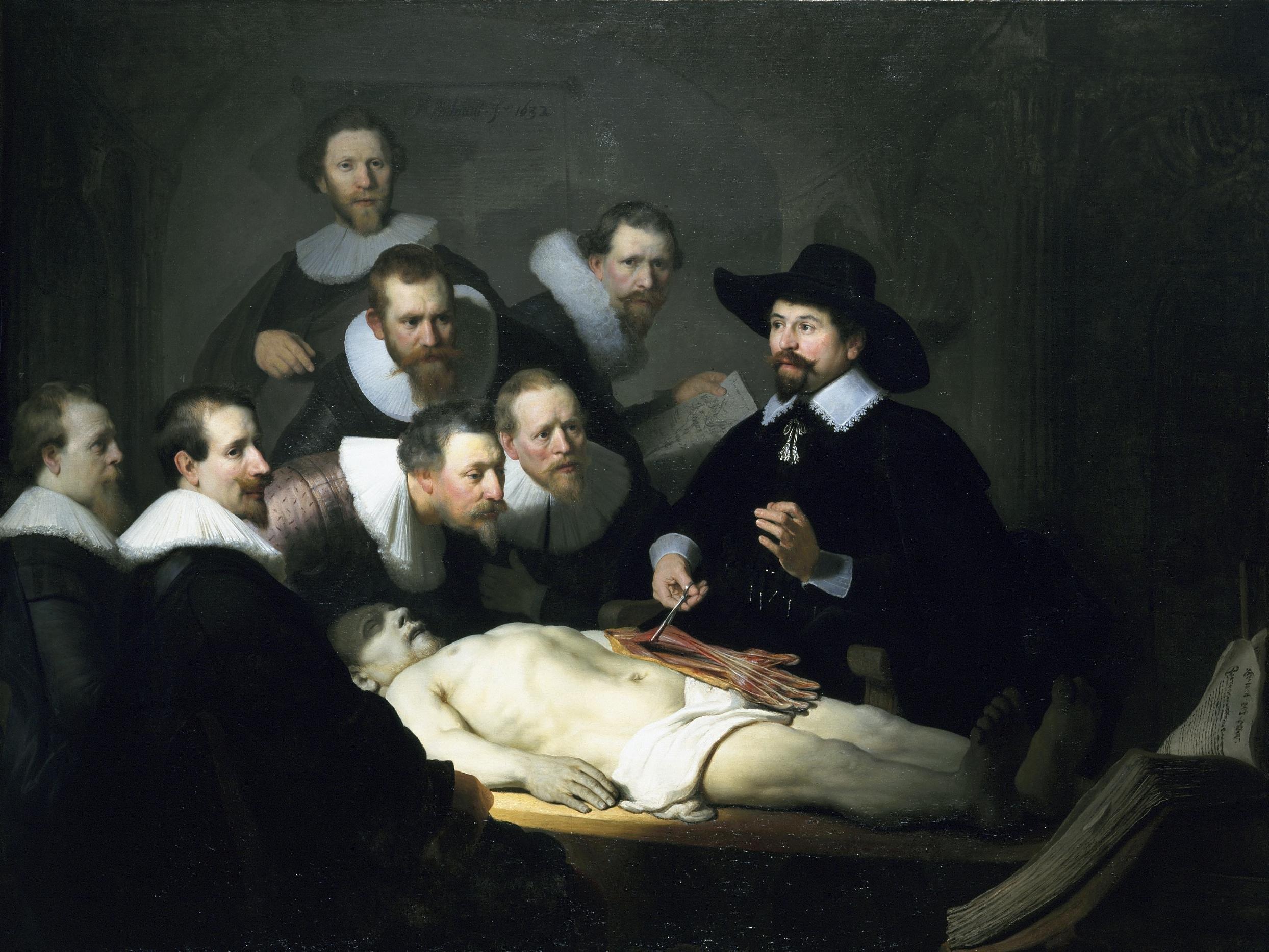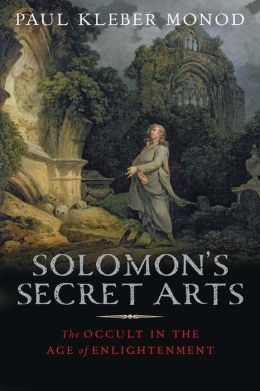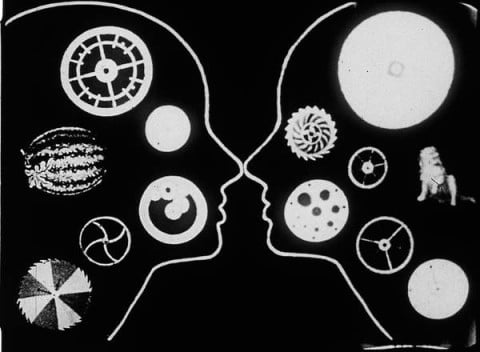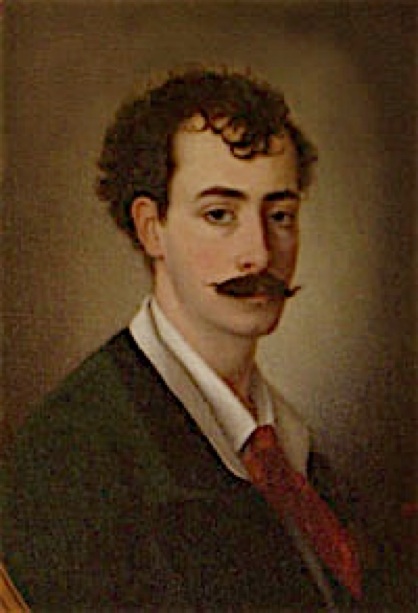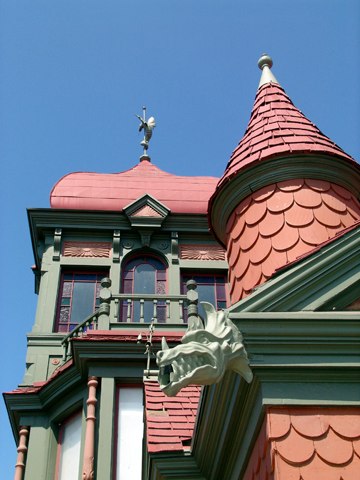2013 marked the 125 anniversary of the publishing of H.P. Blavatsky’s The Secret Doctrine. Issued in 1888, it has remained in print ever since. The Theosophist, the journal founded by Mme. Blavatsky and still published monthly from Adyar, India, has been commemorating The Secret Doctrine throughout the year with a special article each month lauding the book’s greatness and exemplary philosophy. The series concludes in the December issue with Michael Gomes’ “The Secret Doctrine: Book of Books,” which takes a bibliographic view of the subject. The article looks at the extensive literature that has grown up about the book—editions, commentaries, commemorative publications, abridgements, translations, and bibliographies—estimated to be over 50. His takeaway is
 The idea of seeing the universe as an organic whole is much more common today than when The Secret Doctrine was published, and the scientific worldview has come closer to it, as can be seen in a recent book, Journey of the Universe, which charts contemporary findings of science about the development of the cosmos and which reads like a commentary on Mme Blavatsky’s book. The impact of these ideas can affect us on a deeper level and translate as a beneficent force in our daily lives.
The idea of seeing the universe as an organic whole is much more common today than when The Secret Doctrine was published, and the scientific worldview has come closer to it, as can be seen in a recent book, Journey of the Universe, which charts contemporary findings of science about the development of the cosmos and which reads like a commentary on Mme Blavatsky’s book. The impact of these ideas can affect us on a deeper level and translate as a beneficent force in our daily lives.Journey of the Universe by Brian Thomas Swimme and Mary Evelyn Tucker was published by Yale University Press in the USA in 2011. Gomes is the author of a number of Secret Doctrine studies, including an abridgement of the book published by Penguin in 2009, and editor of Blavatsky’s commentaries on the book, The Secret Doctrine Commentaries, published in The Hague, the Netherlands, in 2010, which the publisher has now put online here. His description of how the book was written, commemorating the centenary of The Secret Doctrine, was published in the May 1988 issue of The Theosophist and elsewhere, and can be read here.

